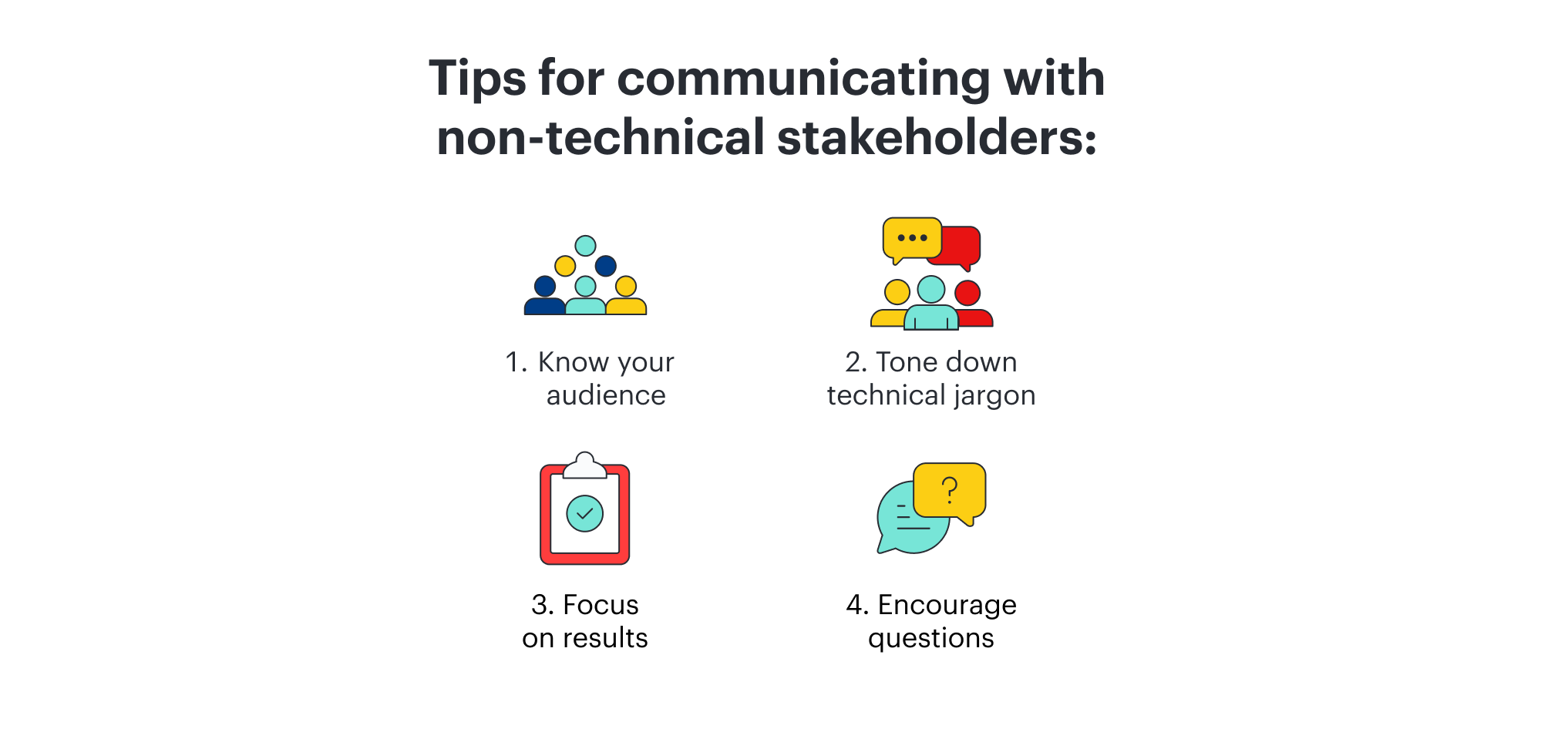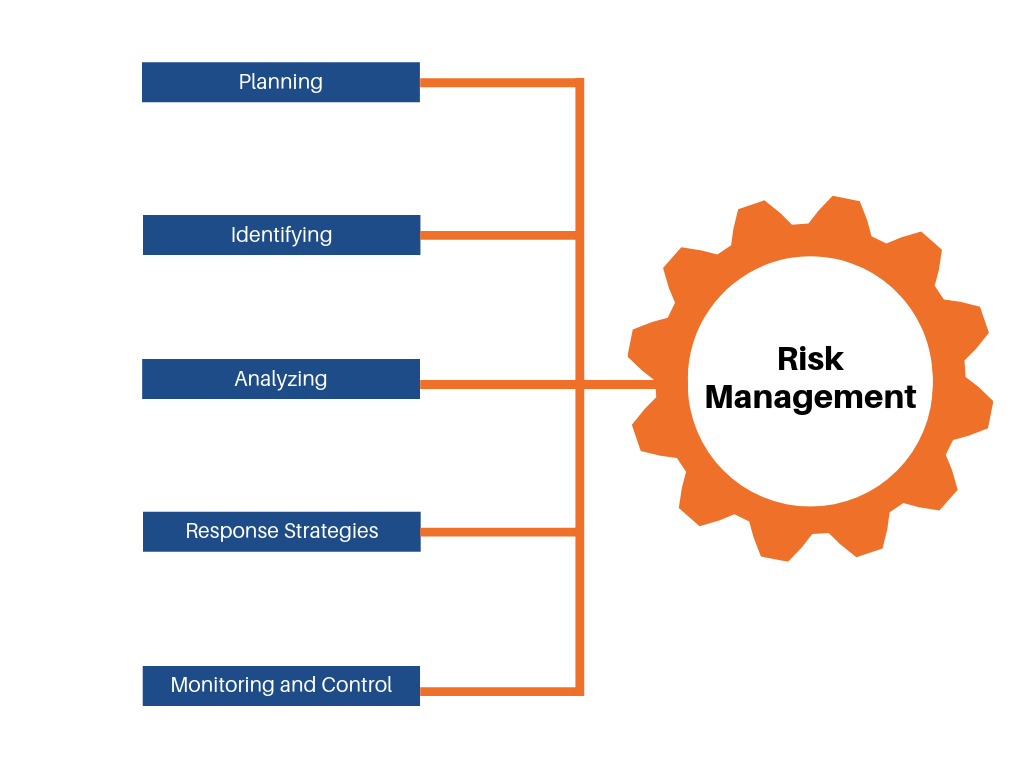Debugging complex engineering systems can be a challenging and time-consuming task. However, with the right approach and tools, you can effectively troubleshoot and debug complex systems. In this blog post, we will explore some key steps that can help you troubleshoot and debug complex engineering systems.
Step 1: Understand the System
The first step in troubleshooting complex engineering systems is to gain a thorough understanding of the system. This includes understanding the system’s architecture, its components, and how they interact with each other. It’s essential to have a clear understanding of the system’s design and operational parameters to identify potential issues.
Step 2: Identify the Problem
Once you understand the system, the next step is to identify the problem. This can involve analyzing system data, reviewing system logs, and conducting tests to isolate the issue. It’s essential to gather as much data as possible to determine the root cause of the problem.
Step 3: Develop a Hypothesis
Based on the data gathered, you can develop a hypothesis on what’s causing the problem. It’s important to consider all possible causes and narrow them down based on the evidence gathered.
Step 4: Test the Hypothesis
Once you have a hypothesis, you can start testing it. This can involve conducting simulations, running tests, and performing experiments to confirm or refute the hypothesis.
Step 5: Fix the Problem
Once you’ve confirmed the cause of the problem, you can start fixing it. This can involve replacing faulty components, updating software, or making modifications to the system’s design. It’s important to thoroughly test the system after fixing the issue to ensure it’s operating correctly.






